Introduction:
In the vibrant realm of ESL education, engaging newcomers in nonfiction reading activities brings a world of possibilities. For our ESL students, delving into the fascinating realm of animals through nonfiction texts is not only an educational journey but also a thrilling adventure.
The Favorite Unit: All About Penguins
One of the most beloved units in my ESL classroom is "All About Penguins." The enthusiasm that radiates from my students during this unit is contagious. To kickstart the excitement, we gather around for a captivating read-aloud session with the book "All About Penguins." The strategic design of this book incorporates essential nonfiction text features such as table of contents, bold print, labels, photos, diagrams, glossaries, and more. These features are not only gateways to language acquisition but also pathways to understanding the fascinating world of penguins.
Purpose of the Unit: Exposing Newcomers to Nonfiction Text Features
The primary objective of this unit is twofold: to expose ESL newcomers to nonfiction text features, essential elements of English Language Arts (ELA) content vocabulary, and concurrently, to impart content area vocabulary related to the animal kingdom. It's a holistic approach that not only enhances language proficiency but also cultivates a love for exploring the wonders of the natural world.
Engaging Newcomers and Beginners: Becoming Penguin Experts
As we embark on our journey, my newcomers and beginners eagerly follow along with their mini-books. Through shared reading experiences, they become experts on penguins, absorbing not just language skills but also in-depth knowledge about these fascinating creatures. The process involves labeling, coloring, and describing what they learn using carefully designed graphic organizers. Differentiated versions of these organizers ensure that each ESL student receives tailored content that suits their language proficiency level.
Intermediate and Advanced Students: Exploring Leveled Nonfiction Books
For my intermediate and advanced students, the adventure takes a personalized turn. Armed with leveled nonfiction books about a variety of animals, they become experts on their chosen subjects. The classroom buzzes with excitement as these students dive into their chosen books, exploring language nuances and uncovering interesting facts about different animals.
Interactive Learning: Labeling, Coloring, and Describing and Vocabulary Acquisition
The learning journey is not confined to passive absorption. We embrace hands-on activities where students label, color, and describe their newfound knowledge using diverse graphic organizers. This interactive approach not only solidifies language skills but also reinforces content understanding.
Differentiation for ESL Students: Tailoring Graphic Organizers
Recognizing the diversity in language proficiency, differentiation is at the core of our teaching philosophy. Providing various versions of the same graphic organizers ensures that each ESL student receives content suited to their individual learning needs. It's an approach that fosters inclusivity and supports every student on their unique language acquisition journey.
I usually beginning this unit with fiction and nonfiction book sorts.
In our ESL classroom, the magic of nonfiction reading unfolds as language and content seamlessly intertwine. From shared experiences with penguins to personalized explorations of various animals, every student finds their path to language mastery. Together, we celebrate not only the triumphs of language acquisition but also the joy of discovering the incredible wonders of our world.
Happy Teaching!
ESL Resource Meet
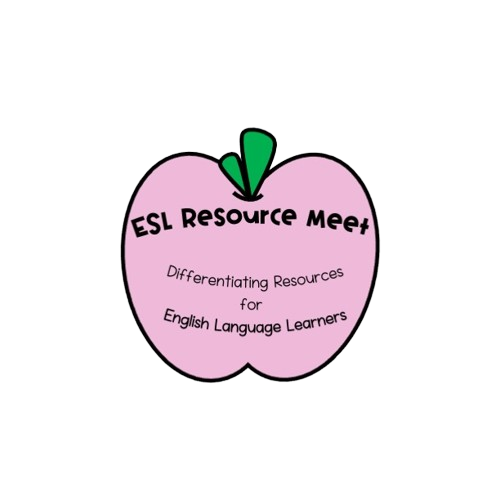




















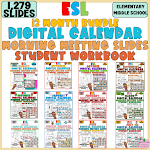


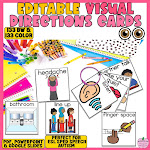





































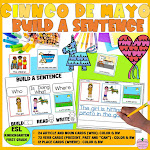







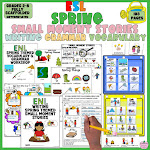




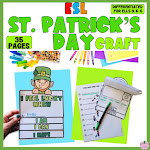
















































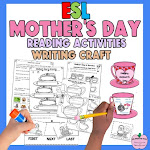
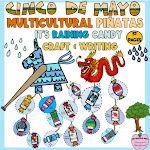
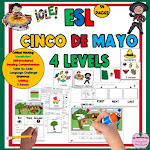
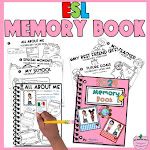




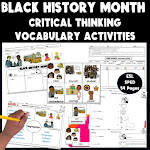
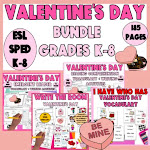
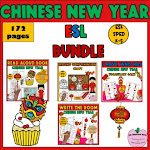

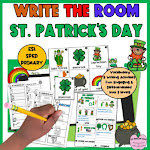
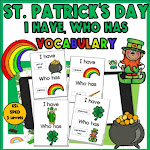
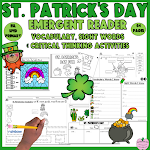



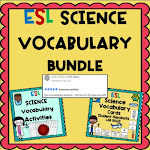




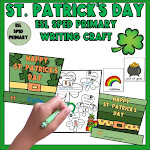

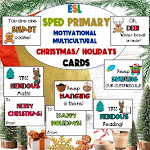
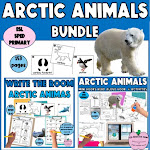

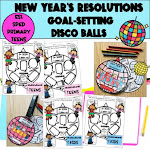
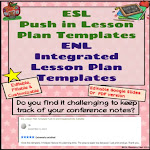




0 Comments